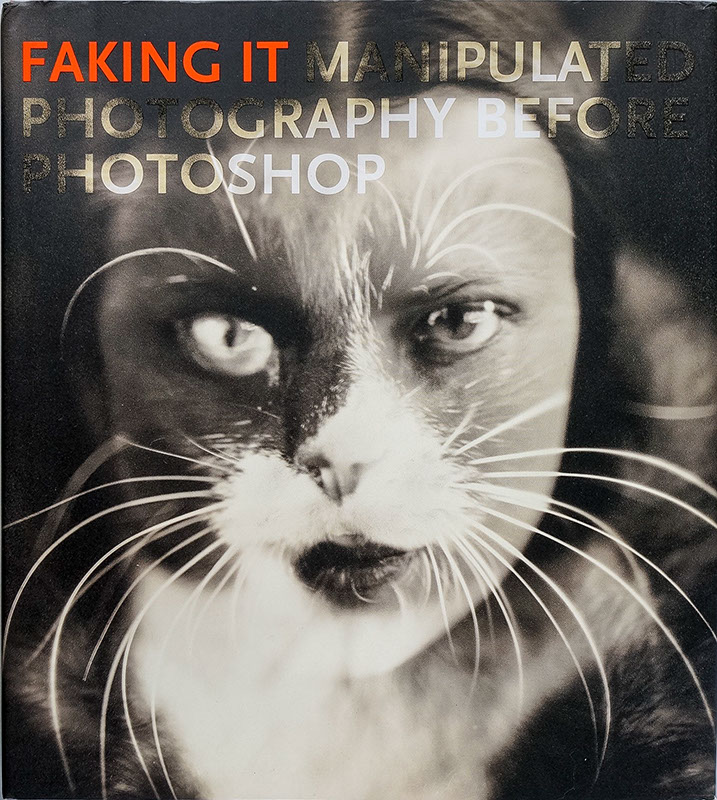The managing editor of Breitbart news:
Either Men Are Funnier Than Women, or Rolling Stone Is SexistWhat follows is a gotcha of leftistbrainsploding proportions...
by Alexander Marlow
Last week, Rolling Stone published their "50 Funniest People Now" list and featured only 12 women out of 52 comics.


I have a number of problems with the article, not limited to but including the fact that a) For a publication that considers itself edgy, the only surprise in the list is that they shoehorned 52 names into a "Top 50" list, b) They audaciously claim Tina Fey's 2008 Sarah Palin sketches were not "mean-spirited," and c) They leave world's most downloaded podcaster, comedian Adam Carolla, off the list entirely. I would bet big money that Carolla is ommitted purely because he doesn't resemble RS's politically correct world view. Still, according to Rolling Stone, the Podcast King and bestselling author is not as funny as Charles Barkley or Joan Rivers.A) Don't pretend you give a shit about edginess.
B) The Sarah Palin battle is over. She won. She has your money.
C) Adam Carolla has never been funny. Charles Barkley and Joan Rivers are funnier than Adam Carolla.
D) "Ommitted" Mr. Managing Editor?
Yet, the most newsworthy item is the breakdown of 40 men to 12 women on the list.Let's continue with the list theme.
In June of last year, Carolla was ripped unmercifully in countless media outlets for saying in an interview with the New York Post that "dudes are funnier than chicks." He clarified that he didn't mean that all "dudes" are funnier than all "chicks," but that a greater percentage of men are funny:The reason why you know more funny dudes than funny chicks is that dudes are funnier than chicksBut this was the headline of the Post article: "The man's man Macho laughman Adam Carolla says Tom Cruise is from outer space and women just aren’t funny." Of course, Carolla never said women "aren't funny," he said they're not as funny as men.
[...]
When it comes to comedy, of course there’s Sarah Silverman, Tina Fey, Kathy Griffin — super-funny chicks. But if you’re playing the odds? No.
If Joy Behar or Sherri Shepherd was a dude, they’d be off TV.
Predictably, the media attempted to brand him as a sexist.
Now let's return to the Rolling Stone article, where they list over three times as many men as women in their list of top comedians right now. The only reasonable conclusion to draw from it is that Rolling Stone considers men funnier, and yet, when Carolla said this, he was tarred and feathered.
So which is it, are men funnier than women or is Rolling Stone sexist?
~) Maybe the list IS sexist!
!) Maybe Rolling Stone IS sexist! Go go feminist hero!
@) Maybe you give zero shits either way.
#) Rolling Stone ≠ The Media.
=) One list does not mean that now and forever X is true, however much you think snow disproves global warming.
$) Captain Crunch is really good.
%) There might be reasons beyond comedy why a woman might not want to have co-workers like Adam Carolla.
^) Curse the liberal New York Post for distorting the words of Adam Carolla.
&) Adam Carolla should be used to being ripped unmercifully because he is not funny.
*) As of today Adam Carolla is off TV.














































